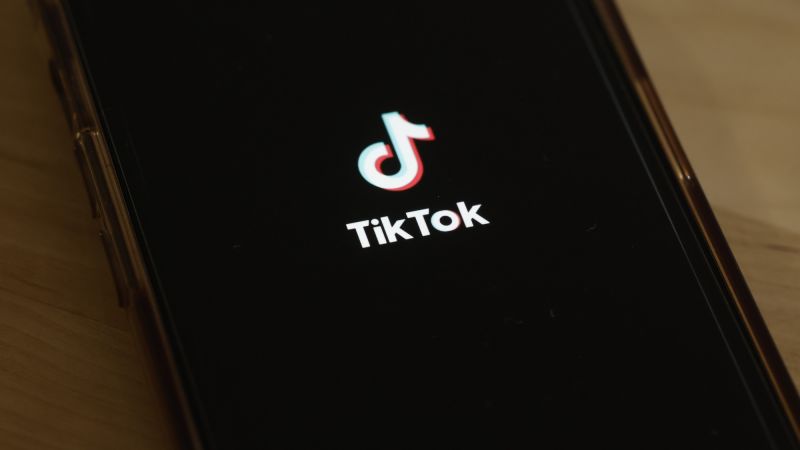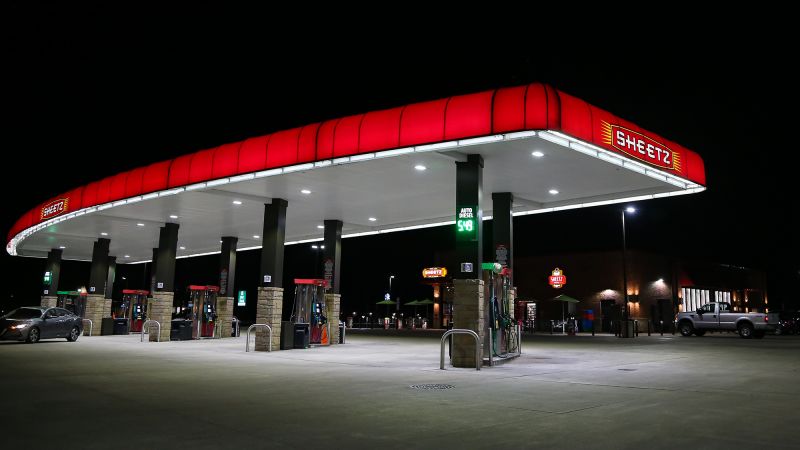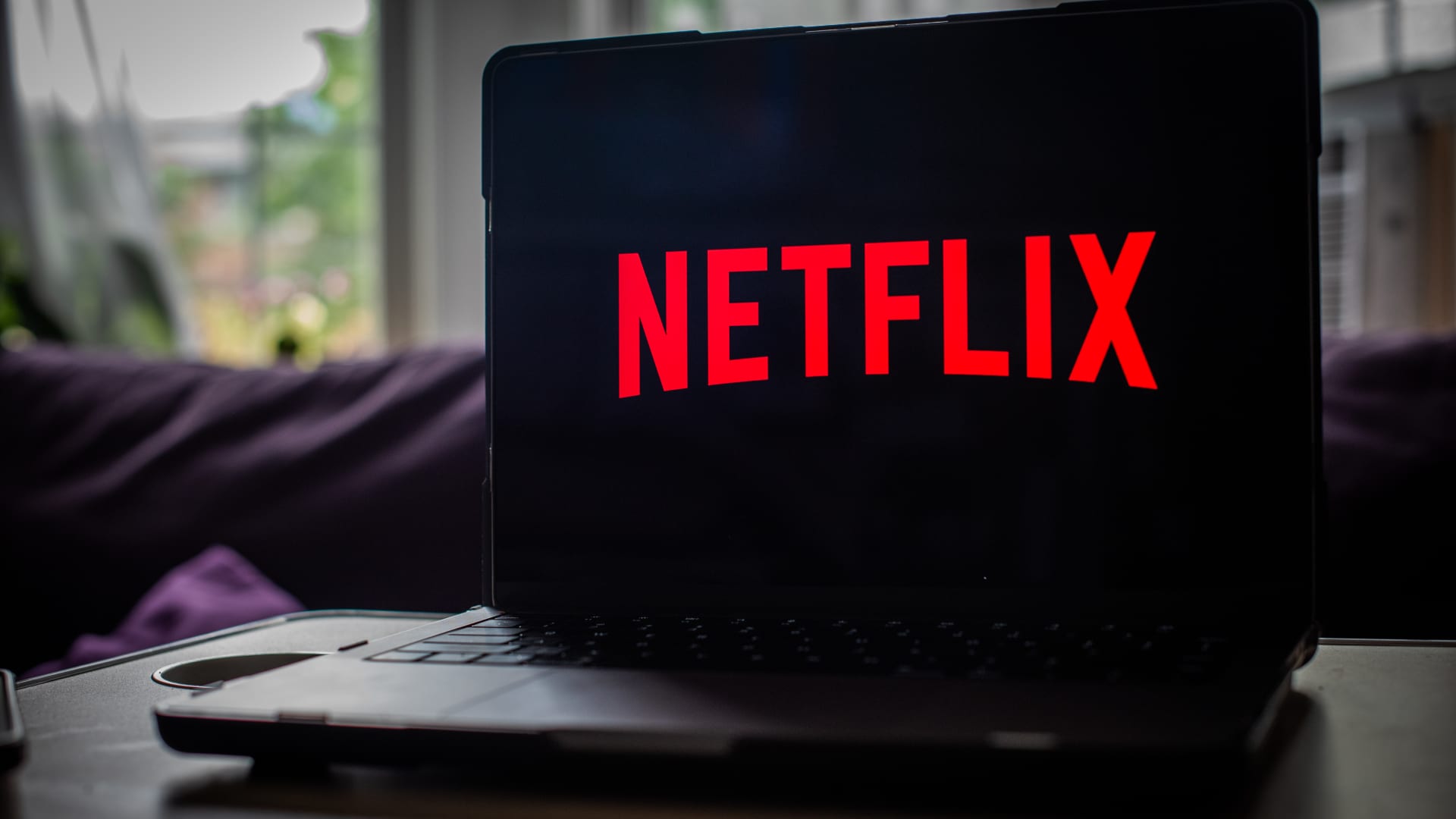NEW YORK, March 30 (Reuters) – Federal Reserve policymakers are optimistic about the U.S. economic outlook as more Americans are vaccinated and government aid gets to households and businesses, and they are not going to stand in its way.
Richmond Fed President Thomas Barkin compared the pandemic economy to a roller-coaster pausing just before a thrilling high-speed plunge.
“The final stretch should absolutely be something, as excess savings and fiscal stimulus fund pent-up demand from consumers who are exhausted from isolation and who will be freed by vaccines and warmer weather,” he told the Montgomery County Chamber of Congress in Maryland on Tuesday.
With nearly $6 trillion in government relief since the start of the pandemic and super-easy Fed policy, he said, he is “very bullish” on growth this year and expects spending to stay strong in 2022 and 2023.
Atlanta Federal Reserve Bank President Raphael Bostic said he is watching for “upside risks” to the economy’s trajectory.
“We could see a burst of activity and performance coming into the summer which could lead us to see even more robust recovery,” Bostic told the Atlanta World Affairs Council. “A million jobs a month could become the standard through the summer.”
Economists expect a government report due on Friday to show 650,000 jobs added this month.
New York Federal Reserve Bank President John Williams said earlier in the day that he too is “optimistic” about the overall economy.
“We’re making great strides on the vaccination program,” he told a virtual event organized by the New York Fed and AARP about small businesses. “I think we have a lot of positives going forward.”
All that optimism at the U.S. central bank might, in years past, have signaled that policymakers would soon be ready to raise interest rates.
Traders of interest-rate futures are betting on it: Market prices suggest they see the Fed starting to raise rates next year.
But that is not what Fed policymakers are saying. Earlier this month, they reiterated a promise to keep interest rates at their current near-zero levels until the economy reaches full employment, inflation hits their 2% goal and is on track to surpass it for some time.
They also said they would continue to buy $120 billion in bonds each month to push downward on longer-term borrowing costs until they have seen “substantial further progress” on both their full employment and 2% inflation goals.
It is a plan based on a new approach to policy, adopted last August, aimed at making sure the Fed does not pre-emptively put a stop to job gains out of a fear of inflation that over the past couple of decades has proven to be sluggish, and unhealthily so.
It has also set a very different bar for raising rates from before, as the Fed’s vice chair of supervision, Randal Quarles, noted earlier on Tuesday.
“I’m one of the biggest optimists” on the Fed’s interest-rate setting committee, Quarles told the Peterson Institute for International Economics.
Before last year, he said, his current forecast for a drop in unemployment and an eventual rise in wages would have meant he would already be arguing for policy tightening.
But, he said: “The fact that I am an optimist is not really relevant under our new framework.”
What is relevant, he said, is not what he expects the economy to do, but what the economy actually does.
“I believe we will get to that point where we are seeing those outcomes sooner than others, but we shouldn’t jump the gun,” he said. “Let’s wait until we see those outcomes.”
Quarles said he expected the rest of the Fed’s policy-setting committee to be comfortable with inflation going somewhat over the Fed’s 2% inflation target. (Reporting by Ann Saphir; Additional reporting by Jonnelle Marte and Howard Schneider; Editing by Peter Cooney)





